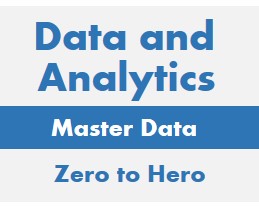


There are numerous tools available for analyzing and presenting data. We will help you sort through the options. The types of tools breaks down into these categories:
This tutorial provides an overview of each of these types of tools. It is our plan to create a multi part tutorial that provides further detail about each major business intelligence tool category and technique.
Query tools enable the exploration of data through a user friendly exploration interface. These tools are typically:
They provide views of data that follow familiar patterns:
Examples of query tools include:
Reporting tools produce outputs that can be stored and reviewed. Often reports are produced on time schedule such as monthly. Reporting tools are typically:
Examples of reporting tools include:
Data mining tools are used by specialized analysts and driven by the search for patterns. Analytic methods are used such as:
In addition to these methods, mathematical techniques are used: linear regression, probability and optimization algorithms.
Examples of data mining tools include:
The patterns and rules discovered through data mining can be used to improve decision making and to forecast the results of those decisions.
Infogoal.com is organized to help you gain mastery.
Examples may be simplified to facilitate learning.
Content is reviewed for errors but is not warranted to be 100% correct.
In order to use this site, you must read and agree to the
terms of use, privacy policy and cookie policy.
Copyright 2006-2020 by Infogoal, LLC. All Rights Reserved.
